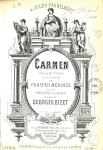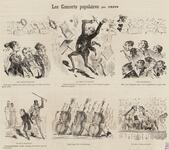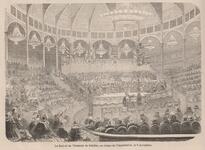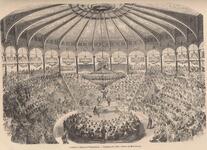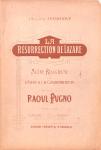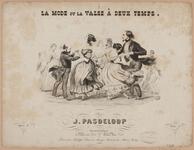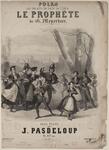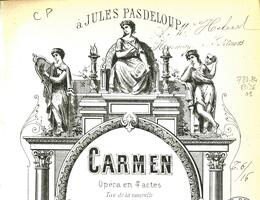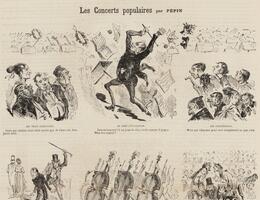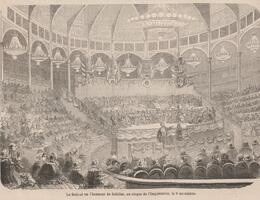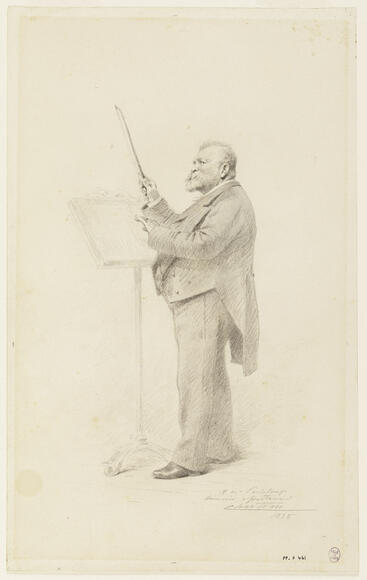
Jules PASDELOUP
1819 - 1887
Conductor
After winning a premier prix in piano at the Paris Conservatoire (1834), Pasdeloup earned a living as a percussionist, whilst also writing polkas and waltzes. Appointed lecturer in solfège at the Conservatoire (1841), then in the piano (1847-1850), he became professor of choral music in 1855. Following the political events of 1848, he was given the post of régisseur of the Château de Saint-Cloud, where he rubbed shoulders with high-ranking state officials. He organised concerts at the Louvre for the Comte Nieuwerkerke and balls at the Hôtel de Ville for Baron Haussmann. In response to Habeneck’s refusal to perform one of his works, Pasdeloup founded a symphonic society similar to the Société des Concerts at the Conservatoire, in other words, consisting of conservatory students. From 1853, the Société des Jeunes Artistes premiered numerous works in Paris, including Schumann’s Symphony No. 1. In view of the company’s poor financial performance, Pasdeloup decided to change tack in 1861. He hired the Cirque Napoléon, a hall with a seating capacity of 5,000, and put on the reasonably-priced “Concerts Populaires de Musique Classique”, giving vast audiences the opportunity to hear the symphonic repertoire. In addition to works by Beethoven, Haydn, Mozart, Weber and Mendelssohn, he programmed works by contemporary French composers as well as music by German composers not well-known in France, such as Schumann and Wagner. Until the end of the Second Empire, the company was an artistic and financial success, but rivalry from Colonne’s Concert National and the Nouveaux-Concerts conducted by Lamoureux led to the collapse of the Concerts Populaires in 1884.


